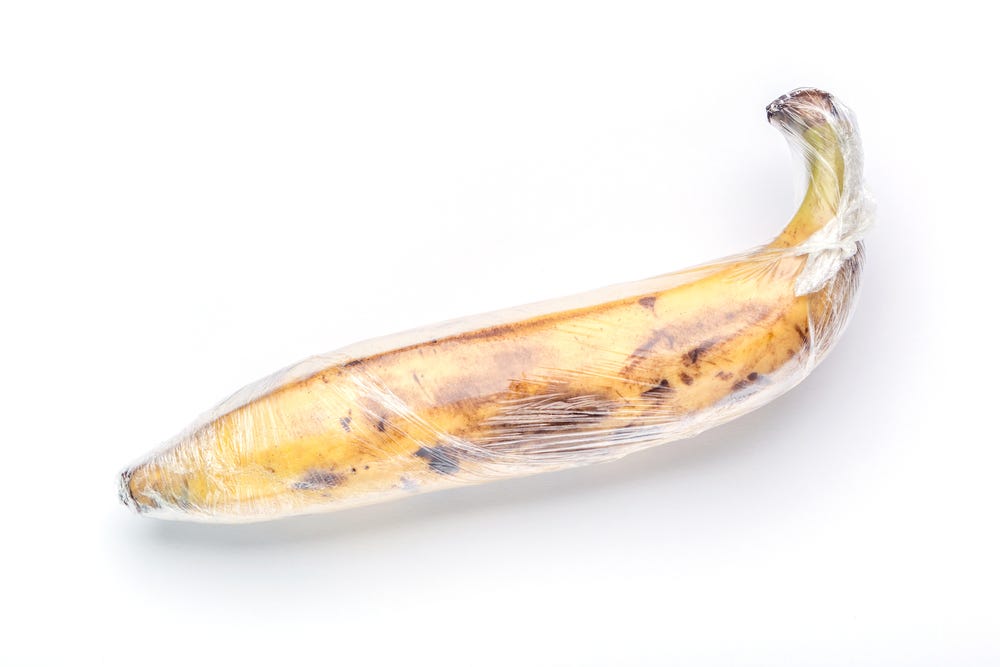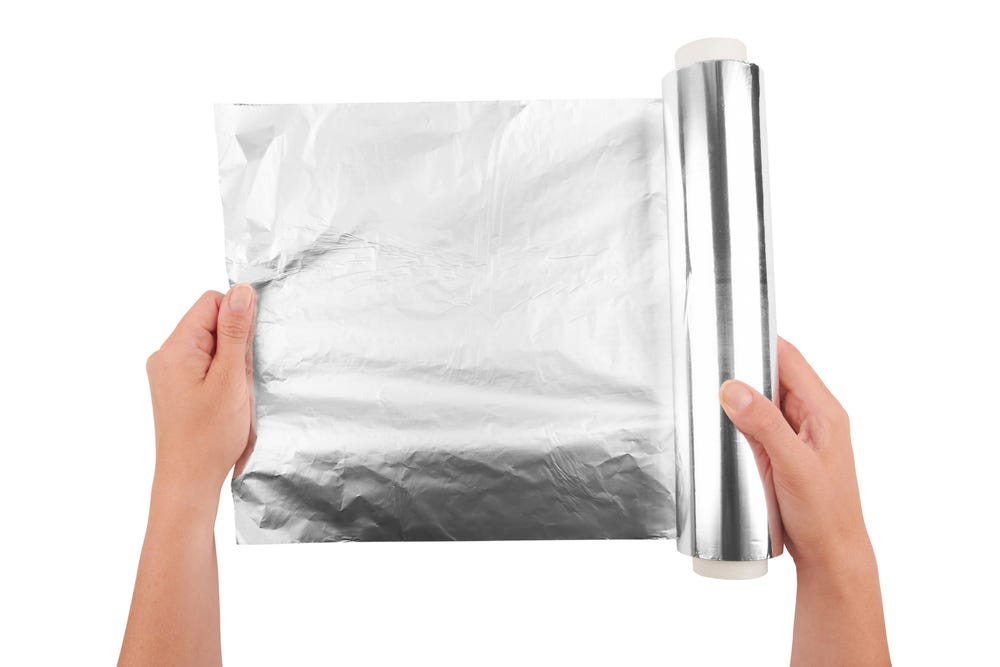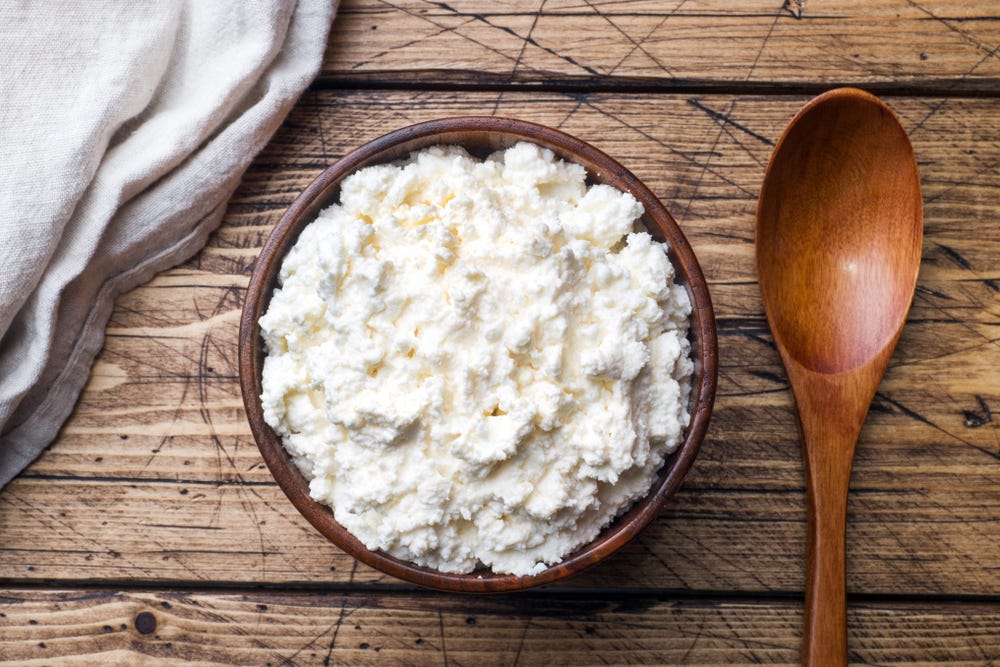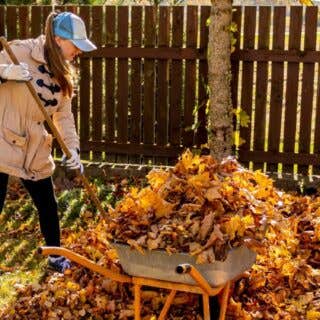If you thrive off of being the best host at any event in your home, taking food to guests in our dining room or your newly modeled patio, then having a fully stocked kitchen is a must. Unfortunately, doing so is never cheap. Keeping up with your kitchen means buying food that will most likely go to waste, or taking constant trips to your local grocer. Cut on waste now by following these simple tips for keeping your fruits and vegetables fresh, and make your next meal or hosting even much easier.
Line You Fridge Drawers in Paper Towels
One way to keep your veggies and fruits fresh could be closer than you think. Line your crisper drawer with paper towels and lay your product out inside.
As vegetables sit in the fridge, extra moisture tends to seep out. Paper towels are a quick fix, absorbing anything left behind and keeping produce juicy and crisp. They can also be kept handy for any spills or mess made in the fridge. If you’re looking for added protection, you could always try equipment covers.
Wrap Banana Stems

Try this efficient tip to keep bananas fresh. Simply grab a roll of cling wrap. Then, once you have yourself some bananas, pull them apart and wrap the crowns of each. The cling wrap will help shut off the banana’s vents for oxygen, preserving the fruit for longer.
Store Potatoes with Apples
Want to stop your potatoes from sprouting? Store them next to your apples. The fruit releases ethylene gas, preventing potatoes from sprouting early, and thus, keeping them firm longer.
Store in a cool, dry and dark area for a better result. Do not wash the potatoes before you store them.
Bathe Berries in Vinegar
Tired of finding mold on your brand new berries? In order to extend their storage life, they’ll need to go swimming in vinegar to help kill mold spores and bacteria. The perfect mix to preserve your berries is 1 cup vinegar and 3 cups of water.
While mixing, a dining set cover or table cover will come in handy in keeping your kitchen clean. After putting them in the mixture, let your berries dry before re-storing.
Foil Wrap Celery

If you’re using pieces of celery at a time, it’s imperative that you keep it fresh. Plastic wraps will prolong the life of vegetables for a week, but aluminum foil, that will maintain freshness for two to four.
A quick swap of your celery’s wrapping can immediately multiply its shelf life. For best results, keep celery heads attached. When wrapped in the foil, they’ll last even longer. Wrap tight, but not so tight you’ll lose moisture.
Keep Tomatoes Out of the Fridge
A batch of fresh tomatoes could be a part of your next salad; however, they’ll need to be perfectly ripe. Contrary to popular belief, refrigerating tomatoes won’t necessarily keep them fresh.
Tomatoes originated in Peru and Ecuador. With both having warm climates, it became important for tomatoes to retain their flavor, texture and coloration at room temperature. Stow them on your countertops or tabletops, covered with custom covers in the cool dark corner of your kitchen.
Put Mushrooms in a Paper Sack
Rather than plastic tubs, try using paper bags for storing your mushrooms. Just keep dry mushrooms in a brown paper sack, then put in the refrigerator. Paper will help to absorb excess moisture from the mushrooms and keep them crisp longer and prevent the growth of mold.
Stack Onions in Stockings
Want to keep onions from going bad for months to come? Try an old pair of tights. Once your onions are clean and dried, insert them vertically and tie a knot between them. You could use a ladder or, if you have a set of chair covers, a chair to hang them. Make sure that any rack covers a space that is cool and dark.
Moisture will accelerate the decaying of onions. The stockings let air flow around the onions, avoiding the condensation of any moisture. Tying knots between the onions prevents them from making contact and keeps away mold.
Put Cottage Cheese Jar on Their Heads

Cottage cheese and sour cream have a shorter shelf life than most. However, their shelf life will double when stored upside down. Inverting the casings create a vacuum, reducing the growth of bacteria and preventing both from getting spoiled.
Splash Apple Slice in Salt Water
Once your apples brown, they aren’t as appetising, no matter how fresh they may be. The best way to stop the oxidation of apple slices is soaking them in some cold salt water. All it takes is five minutes in the water to help your apples stay bright. Dry the slices completely before putting them in the fridge with airtight plastic bags.

















Recent Comments